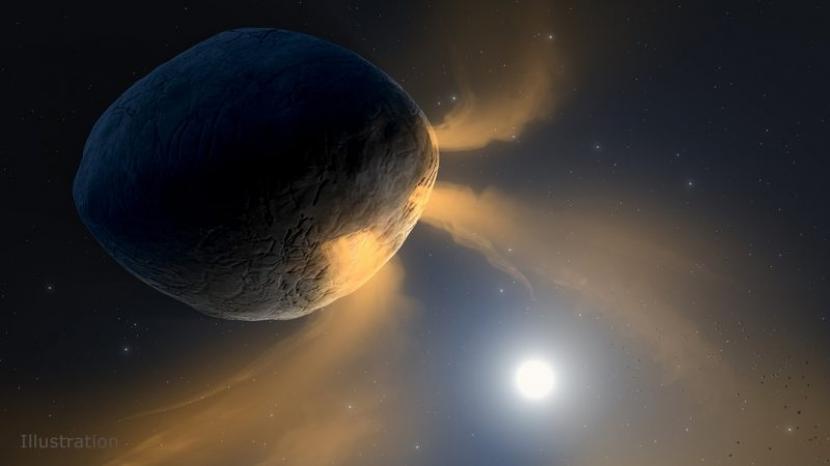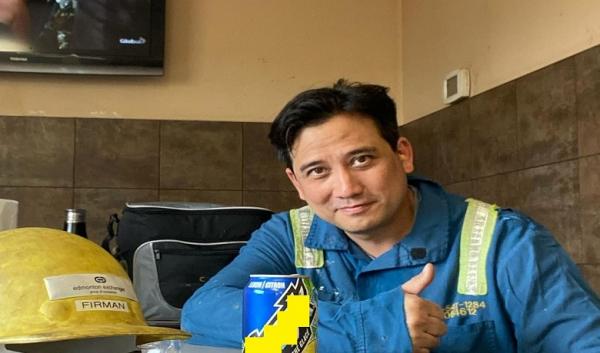New Study Reveals Asteroid Impact Can Turn Living Things To Charcoal
REPUBLIKA.CO.ID, JAKARTA – The final moments of some microbial life may tell more about the severity of the impact of space rocks on Earth in the past. Recent studies show that charred corpses of microorganisms are killed even by impact asteroids medium can show the amount of damage produced by a cosmic collision.
A team of researchers examined four craters in Estonia, Poland and Canada that were created thousands of years apart. Regardless of the geographic distance and duration between these impacts, the team found millimeter to centimeter pieces of charcoal mixed with the material formed during each of these impacts, the authors said.
“Charcoal is formed from organisms killed, roasted and buried by asteroids,” lead author Anna Losiak, who works at the Polish Academy of Sciences’ Institute of Geological Sciences, told the BBC. Space. The discovery of the ancient asteroid organism was different from the charcoal associated with normal wildfires, which was the team’s primary hypothesis for some time.
Charcoal formed by impact rather than fire is much more homogeneous and has a lower formation temperature. Losiak said the impact of the charcoal found in the crater was similar, but not identical, to the charcoal that forms when wood mixes with pyroclastic flows. Pyroclastic flows form from volcanic eruptions. The impact crater, which is only 656 feet (200 meters) in diameter, was formed 200 or more years ago and therefore presents many opportunities to study the conditions of formation.
“Most people are attracted to giant collisions because they are capable of causing planet-wide destruction, dinosaur shrinkage is the best, and by far the only example of such an event. “, he said in reference to the asteroid event that caused extinction of dinosaurs non-avian 66 million years ago.
Losiak first discovered a mysterious charcoal near a small impact crater in Estonia. He started working during summer school as a doctoral student. then returned a year later to conduct a palm soil discovery and study project. The paleosol, he said, was ancient soil covered with material ejected from the crater as it formed.
It turned out that the team never found any paleosil. But after three days of digging by hand, a time-consuming necessity due to environmental protection, his team found charcoal.

“Travel nerd. Social media evangelist. Zombie junkie. Total creator. Avid webaholic. Friend of animals everywhere. Future teen idol.”






